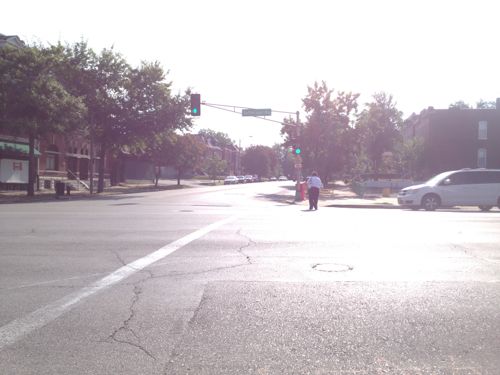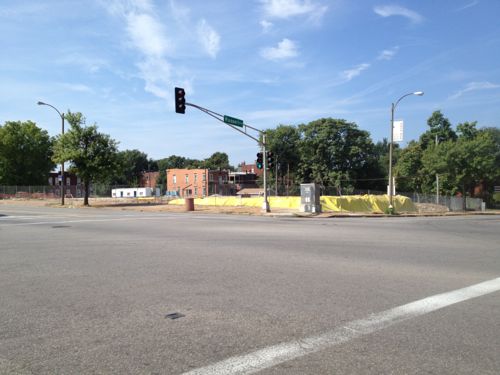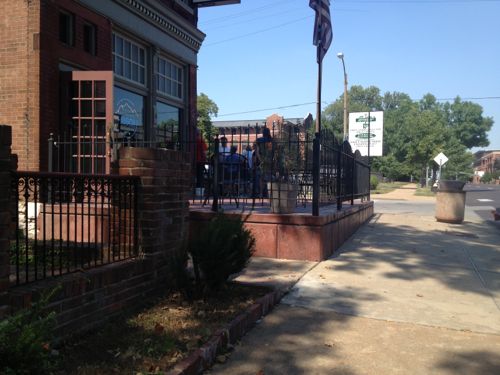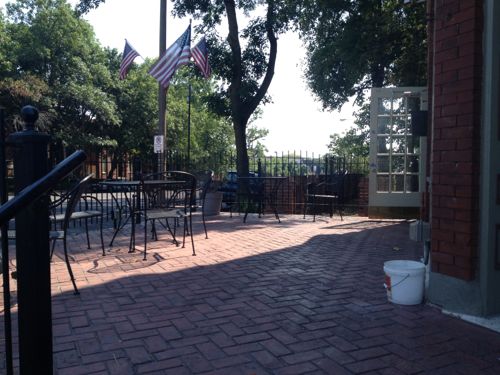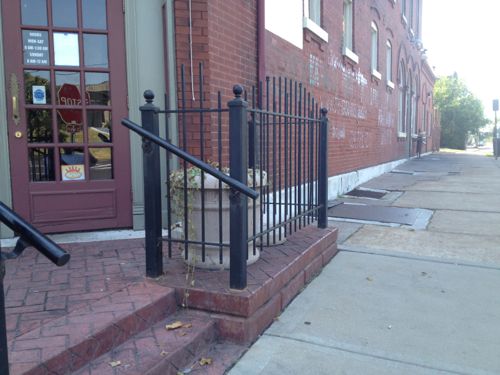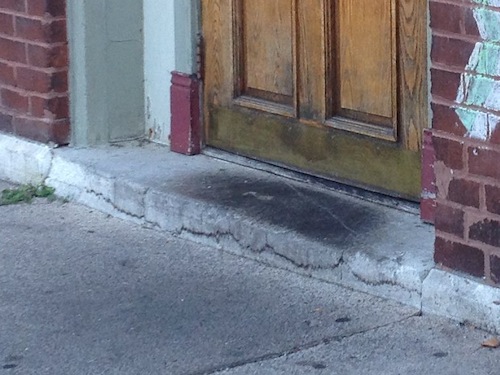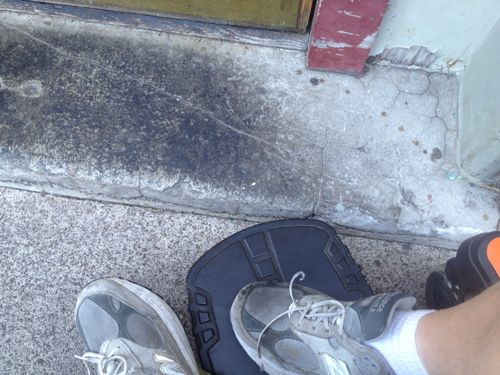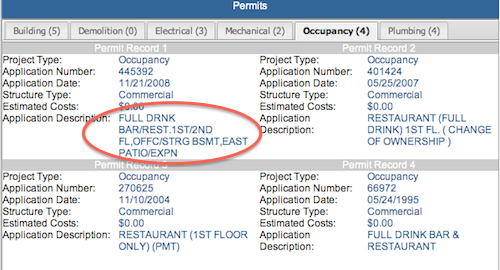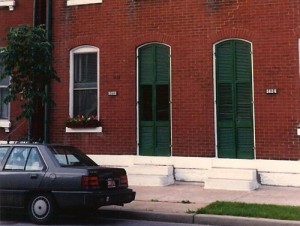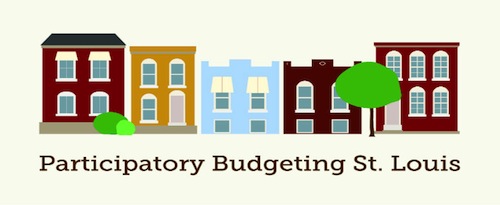BRT: Readers Picked I-64 BRT Route Between Downtown and Chesterfield
In the poll last week, readers preferred the proposed Bus Rapid Transit (BRT) route going out I-64 to Chesterfield. There was no clear preference among the other three options for a second choice to submit to federal authorities for a funding request. As I mentioned in my original post, here are the four routes being studied:
From MovingTransitForward.org:
These four potential BRT routes are options for improving transit connections between St. Louis County and the City of St. Louis. One of the study’s main goals is to address the need for quick, direct travel from neighborhoods north and south of Downtown St. Louis to employers located in north and west St. Louis County. The “Central Corridor” stretching from Downtown St. Louis to the Central West End and Clayton still holds the region’s largest concentration of jobs, but the largest job growth is occurring in places like Chesterfield, Earth City, and St. Charles – areas easily accessible by highway, but currently not by public transit. The type of BRT service currently being studied is intended to expand access and improve travel time to those job opportunities – of particular importance to reverse commuters traveling to major job centers in suburban areas – while also providing a premium transit alternative for car commuters. The Rapid Transit Connector Study will identify candidates for Metro’s first two BRT routes; Metro will continue to work with the region to identify future BRT routes. Other transit options identified in Moving Transit Forward, such as expansions of the MetroLink System, are intended to meet other long-term goals such as strengthening neighborhoods and encouraging transit-oriented development.
Alternatives analysis involves evaluating the performance of each alternative along parameters including ridership, expanded access to key destinations, travel time savings, and land use benefits. These technical outcomes will be combined with public input to identify the two potential projects most likely to meet project goals, benefit the region, and successfully compete for federal funding.
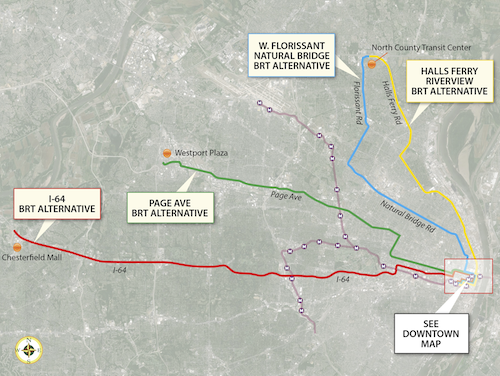
Here are the results from last week’s poll:
Q: Which two of the four Bus Rapid Transit (BRT) routes would you like to see planners seek federal funding (pick 2)
- I-64 Highway BRT 27 [31.03%]
- None 17 [19.54%]
- West Florissant-Natural Bridge BRT 16 [18.39%]
- Page Avenue BRT 16 [18.39%]
- Halls-Ferry Riverview BRT 8 [9.2%]
- Unsure/no opinion 3 [3.45%]
I like the idea of a Bus Rapid Transit route to Chesterfield, but I wonder if terminating the route at Chesterfield Mall is best. At this moment there’s interest in the two new outlet malls in the Chesterfield valley, but it’s unclear to me if the valley or mall is a better terminus point. I’d like to know the logic behind this decision, likely because it would serve more people.
The Halls-Ferry Riverview route received half as many votes as the West Florissant-Natural Bridge & Page Ave routes. I like both of these routes, they both side through parts of St. Louis that could benefit from improved transit.
My guess is the I-64 & West Florissant-Natural Bridge & Page routes will be the two selected for submission for federal funding. Two routes would have a stop one block away, another 5 blocks away, and Halls-Ferry route 11 blocks east. I’m in a good place, but I want to make sure any investment in new infrastructure serves an accepting public. I know city residents will go to Chesterfield for work, but will Chesterfield residents take a bus, albeit a nice bus, into the city rather than drive? I certainly hope so!
— Steve Patterson
